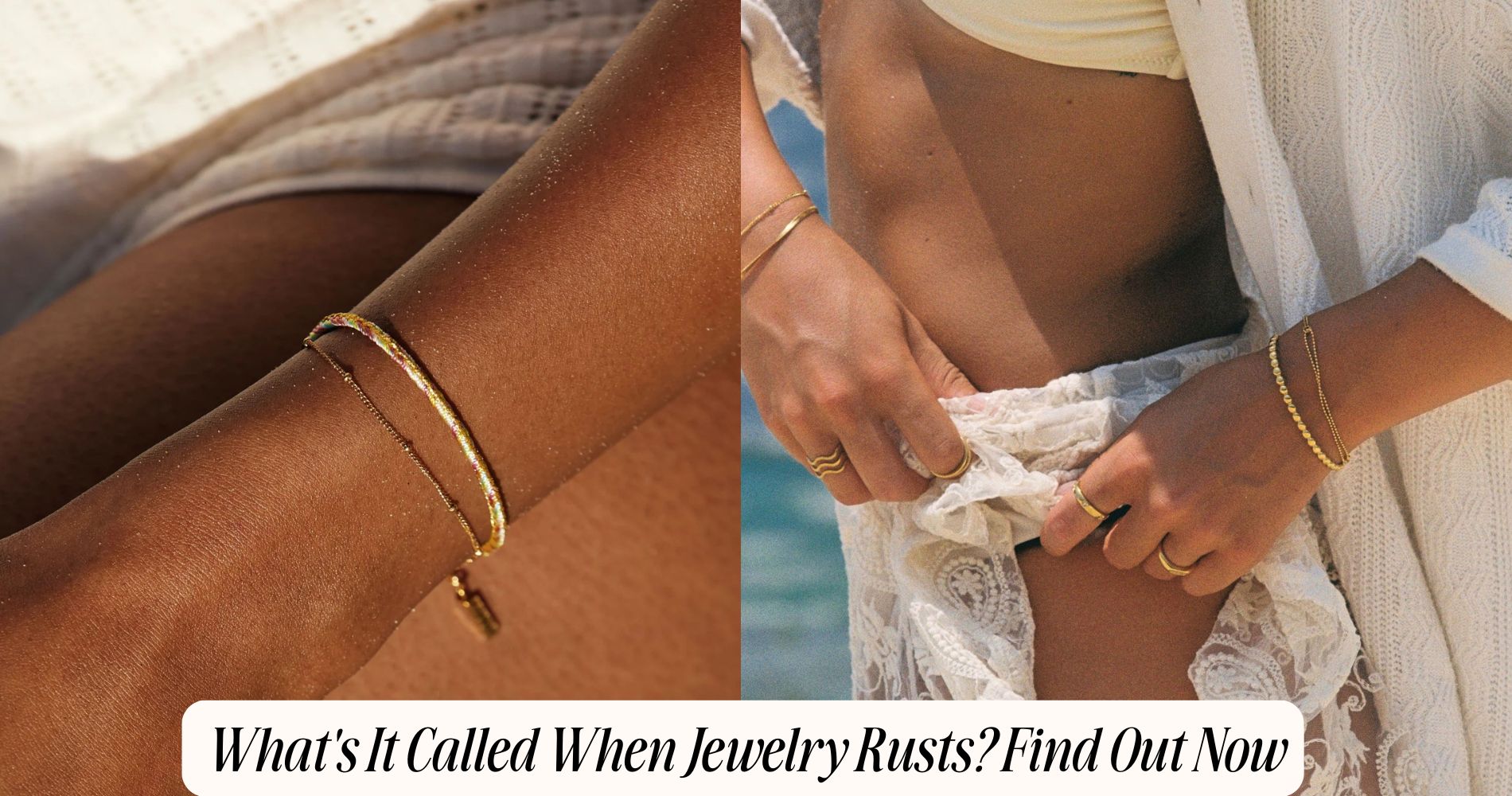
What's It Called When Jewelry Rusts? Find Out Now
What's it called when jewelry rusts? That reddish-brown, flaky layer you sometimes see on jewelry is known as rust—an iron oxide that forms when metals like iron or steel react with moisture and oxygen. Unlike tarnish, which appears as a dark film on metals like silver or copper, rust indicates actual corrosion and weakens the structure of the metal. While gold and platinum won’t rust, base metal jewelry can if it’s not properly cared for. To avoid rust and irritation, check out our hypoallergenic jewelry collection, featuring pieces made from non-reactive, skin-friendly materials. There’s a lot more to learn about how different metals react and how to keep your jewelry looking its best.
Understanding the Difference Between Rust and Tarnish
Although people often use the terms interchangeably, rust and tarnish result from distinct chemical processes that affect various metals in jewelry.
Rust forms specifically when iron or steel undergoes metal oxidation in the presence of moisture and oxygen, producing hydrated iron oxide. You'll notice a reddish-brown surface discoloration that weakens the integrity of the metal.
Tarnish, on the other hand, occurs primarily on metals like silver or copper alloys. Here, chemical reactions with sulfur-containing compounds or oxygen lead to the formation of a thin, darkened layer—often silver sulfide or copper oxide—on the metal’s surface.
While both processes cause surface discoloration, the underlying reactions and affected materials differ. Recognizing these differences helps you properly identify and care for your jewelry materials.
Why Some Jewelry Changes Color Over Time
When jewelry changes color over time, it often results from chemical reactions between the metal’s surface and environmental agents such as oxygen, moisture, acids, or sulfur compounds. These interactions lead to a process called metal oxidation.
During oxidation, the metal atoms in your jewelry lose electrons, causing visible changes in color and finish. For example, silver jewelry can develop a blackish patina due to silver sulfide formation, while copper alloys might show green or bluish hues from copper oxide.
Gold, though resistant, can still experience discoloration if alloyed with reactive metals. Jewelry discoloration isn’t limited to tarnish; it can manifest as fading, darkening, or the appearance of new surface tones, all depending on the specific metal composition and environmental exposure.
The Science Behind Metal Corrosion in Jewelry
If you examine how jewelry corrodes, you'll find it's driven by electrochemical reactions at the metal’s surface. When your jewelry is exposed to moisture and oxygen, these elements act as electrolytes, facilitating the transfer of electrons.
This process initiates metal oxidation, where the metal atoms lose electrons, forming positive ions. As a result, compounds like oxides or hydroxides develop, often presenting as rust or tarnish, depending on the metal type.
The specific corrosion pathway depends on the metal's reactivity and the environment. For example, iron-based metals typically form reddish-brown iron oxide, while silver develops a blackish layer of silver sulfide.
You’ll notice that corrosion can weaken the metal’s structure, compromise appearance, and, over time, markedly reduce the jewelry’s lifespan.
Common Metals Used in Jewelry and Their Reactions
While jewelry incorporates a wide array of metals, each material exhibits distinct chemical behaviors when exposed to air, moisture, and skin contact. Sterling silver, for example, readily tarnishes due to surface oxidation, forming a black layer of silver sulfide.
Gold, especially above 14 karats, resists corrosion but may still dull from alloyed metals. Stainless steel offers high resistance to rust but can provoke metal allergies in sensitive individuals due to nickel content.
Copper and brass oxidize, developing a greenish patina, which some wearers find undesirable. Even platinum, renowned for its inertness, can accrue minor surface dullness over time.
Understanding these reactions is essential for jewelry preservation, as it helps you select appropriate metals and minimize undesirable changes, extending the longevity and appearance of your accessories.
Tips to Prevent Tarnish and Corrosion on Your Accessories
Because jewelry metals interact constantly with environmental agents, strategic care is essential to inhibit tarnish and corrosion. Prioritize handling your accessories with clean, dry hands to prevent transferring oils and acids, which accelerate oxidation.
Implement effective care tips like wiping pieces with a microfiber cloth after each wear, removing residues that catalyze degradation. Avoid exposure to moisture, chlorinated water, and harsh chemicals, as these agents corrode base metals and degrade protective coatings.
For exemplary storage solutions, use anti-tarnish pouches or lined jewelry boxes with individual compartments. These minimize metal-to-metal contact and restrict air circulation, reducing the risk of surface reactions.
Silica gel packets or activated charcoal can absorb ambient humidity, further safeguarding your collection. With these preventive measures, you'll prolong your jewelry’s brilliance and structural integrity.
How to Clean and Restore Damaged Jewelry
Even with meticulous preventive care, jewelry can accumulate tarnish, rust spots, or minor corrosion over time. To clean damaged pieces, start by identifying the metal alloy—sterling silver, stainless steel, or gold-plated brass—since each requires a specific approach.
For sterling silver, use a silver polish or a baking soda paste to remove oxidation.
Stainless steel responds well to diluted dish soap and a soft brush.
If your jewelry features plating, avoid abrasive materials; instead, opt for a gentle, non-abrasive cloth and mild detergent to prevent wearing away the jewelry plating.
For persistent rust on base metals, apply a small amount of white vinegar or a rust remover, then thoroughly rinse and dry.
Regular maintenance helps restore luster and preserves your jewelry’s integrity.
Frequently Asked Questions
Can Rusted Jewelry Cause Skin Allergies or Irritation?
If you wear rusted jewelry, you expose your skin to oxidized metals like iron oxide, which can trigger allergic reactions or skin irritation. Nickel impurities in corroded alloys commonly exacerbate contact dermatitis, especially in sensitive individuals.
Is Rust on Jewelry Dangerous if Accidentally Ingested?
If you accidentally ingest rust from jewelry, you're consuming iron oxide, a result of the oxidation process and metal corrosion. Small amounts typically aren't dangerous, but repeated ingestion can irritate your gastrointestinal tract or introduce harmful contaminants.
Does Humidity Speed up Jewelry Rusting?
You’ll notice that increased humidity accelerates the oxidation process in jewelry, especially in metals like iron or copper alloys. Moisture effects include providing electrolytes, which facilitate electron transfer, causing rust formation and compromising the material’s structural integrity.
Can Gold-Plated Jewelry Rust or Just Tarnish?
You'll notice gold-plated jewelry won’t actually rust, since gold itself resists oxidation. However, the base metal underneath can corrode, leading to jewelry corrosion. Over time, you’ll see gold tarnish as the plating wears off.
Are There Eco-Friendly Products to Protect Jewelry From Rust?
You can use eco-friendly coatings like plant-based lacquers or biodegradable waxes to create a protective barrier on your jewelry. These sustainable preservation methods prevent oxidation, minimize moisture exposure, and reduce environmental impact compared to synthetic chemical alternatives.
Conclusion
Now that you know the difference between rust and tarnish, you can identify exactly what's happening to your jewelry. Rust occurs on iron-based metals due to oxidation, while tarnish affects metals like silver from surface reactions with sulfur compounds. By understanding these material-specific reactions, you’ll be able to better protect your accessories. Use preventative measures like anti-tarnish strips and proper storage to minimize corrosion, and employ targeted cleaning techniques to restore your jewelry’s original luster.













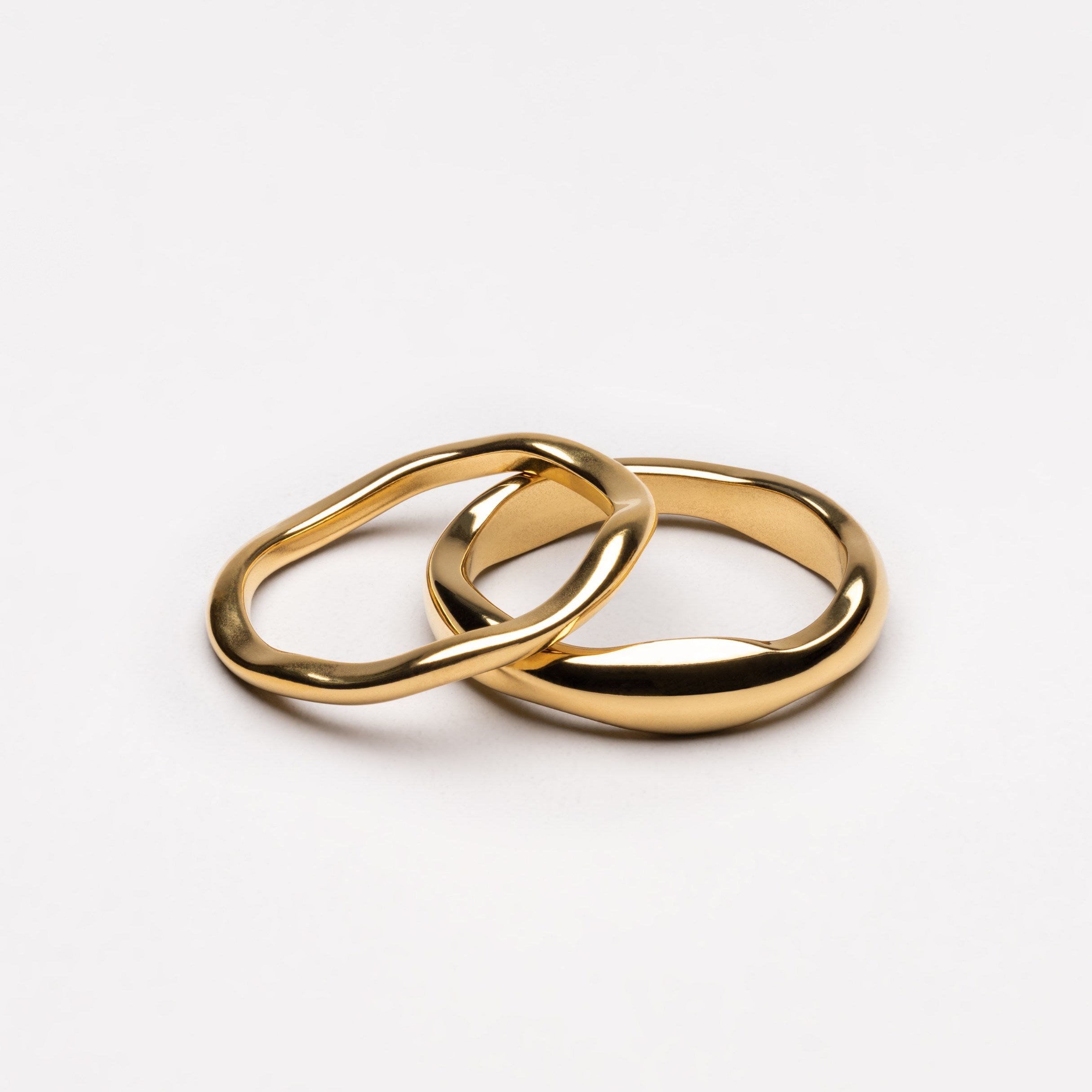
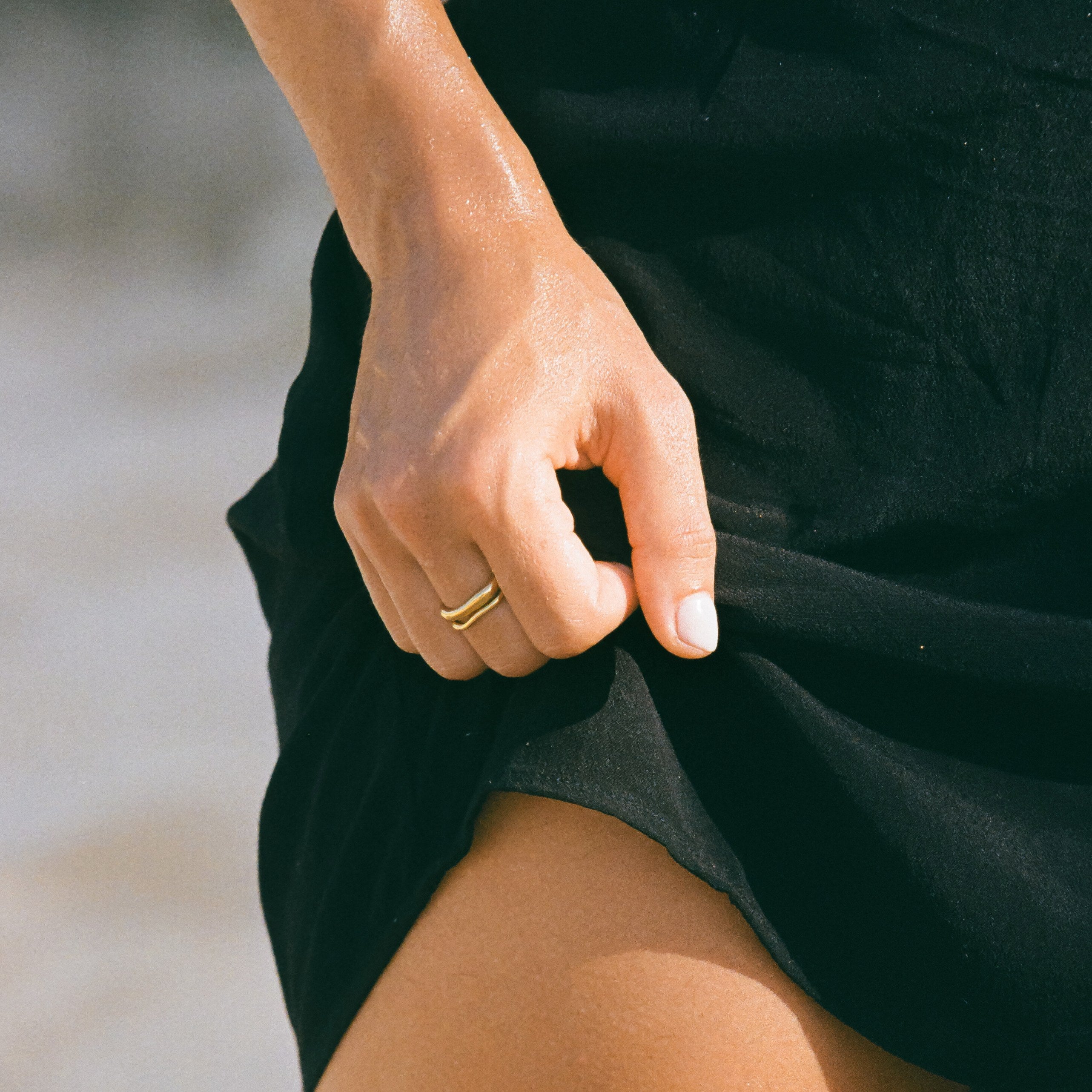

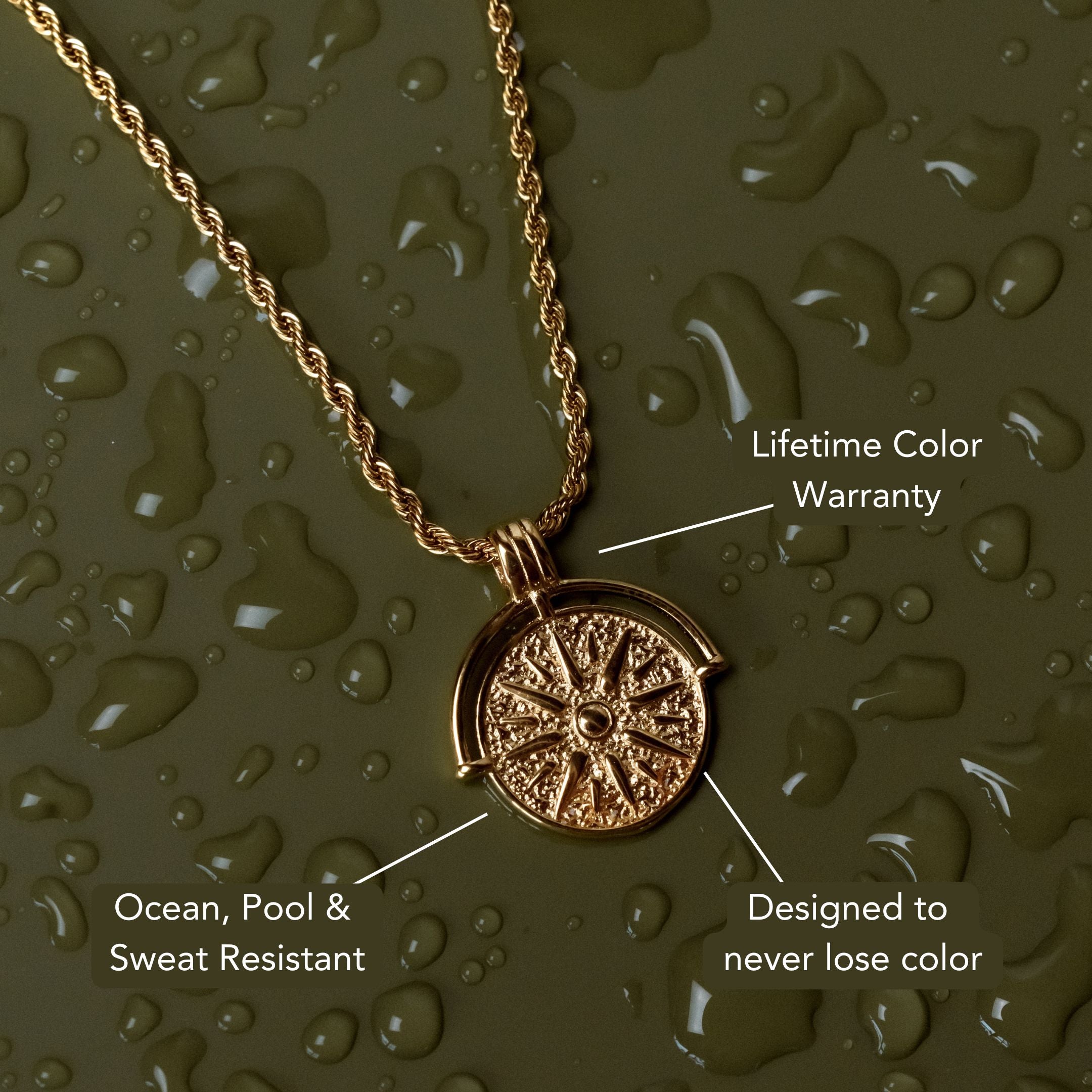

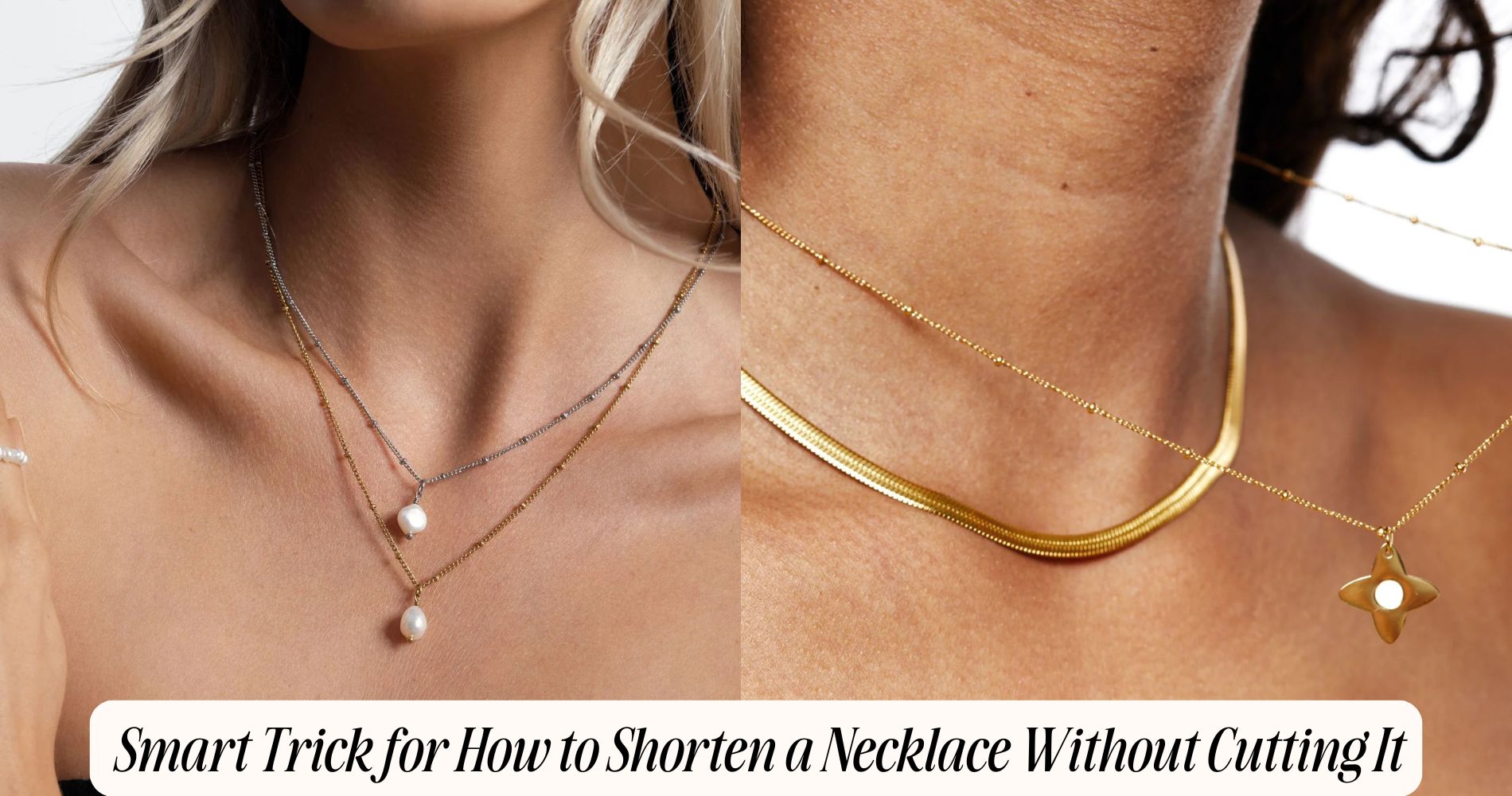




Leave a comment
This site is protected by hCaptcha and the hCaptcha Privacy Policy and Terms of Service apply.